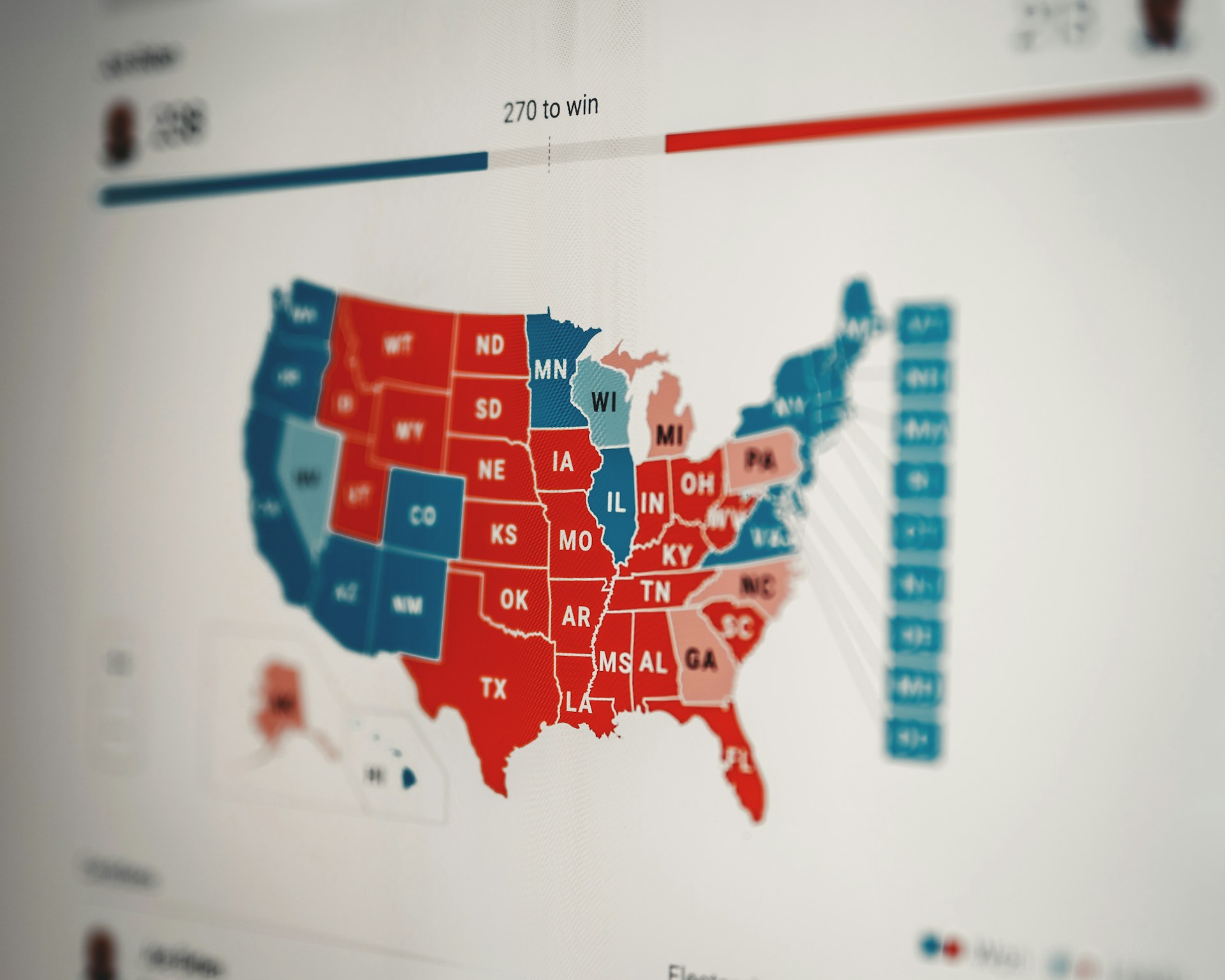

No matter your age or your income, financial experts there’s a place in your investment planning for the retirement savings tool known as the Roth IRA. And right now is the ideal time to contribute to one.
If you’re unfamiliar, it’s important to note the differences between a traditional IRA and a Roth IRA. The biggest one comes down to when the investor pays taxes: With a traditional IRA, you can get a deduction when you contribute, and pay taxes when you withdraw funds in retirement, similar to a 401(k). With a Roth, it’s the inverse. You pay taxes upfront, and then contributions grow tax-free forever, assuming you meet a few requirements like withdrawing the funds after age 59 and a half.
The difference makes the Roth a favorite among financial planners and policy makers, says IRA expert Ed Slott, who recently released the book The Retirement Savings Time Bomb Ticks Louder. Not only is tax diversification important in retirement, but many people may not realize just how big of a tax bill they will face in their later years if most of their assets are tied up in accounts like traditional IRAs and 401(k)s.
A Roth, though, means no tax worries later. And given how low tax rates are now—and the fact that they could rise to pre-2018 levels in a little more than a year—it makes a lot of sense to contribute now.
“To me, it’s the promised land, it’s the holy grail,” says Slott. “It’s the best possible retirement account anyone could own.”
The trade off, of course, is that to get all of those benefits, investors must pay taxes on contributions now, which many are loathe to do. But that’s the wrong way to think about it, Slott says. He makes the point thattaxes will need to be paid at some point, and rates are “on sale” now and very likely to go up at some point in many Americans’ lifetimes, especially given the national deficit.
Slott adds that many people expect to end up in a lower tax bracket in retirement relative to their working years—thus making a traditional IRA a better deal—but that is often not the case.
So it’s an ideal time to pay ahead and enjoy compounding returns for decades to come—in fact, Slott calls it the “tax deal of the century.” (That said, there is no guarantee of what rates will be in the future.)
Another Roth perk: Unlike with a traditional IRA, there are no lifetime required minimum distributions, or RMDs—the requirement that you cash out a certain portion of your retirement account after a certain age. That means it benefits not only you, but potentially your heirs. And because you’ve already paid tax on the contributions, you can withdraw them (not gains, though) at any time for any reason, without incurring a penalty.
“The Roth is clearly the best retirement account to own, it’s just how much you’re willing to pay to get it,” he says. “Any time you don’t use up these low brackets, they’re wasted.”
How to convert to a Roth IRA
To contribute outright to a Roth IRA, investors can’t earn a modified adjusted gross income of more than $161,000 (or $240,000 for couples). But higher-earners can still get the benefits via a conversion from a traditional IRA. Any pre-tax funds from a traditional IRA converted are taxable—but as you’re opting to do the conversion, you have more control over how big of a tax bill you’ll incur, Slott notes. Just remember that Roth conversions cannot be reversed.
“As long as you’re paying the tax, it will grow for the rest of your life, income-tax free. All that compounding is growing in your favor, you don’t have to share it anymore with Uncle Sam,” he says. “That’s what you get for paying now at bargain-basement rates.”
To start the conversion, you’ll need to open a Roth IRA at a brokerage or other financial institution if you don’t already have one. From there, you’ll want to reach out to the administrators of both accounts to see what needs to be done for the conversion (it will vary by institution, but if both accounts are held at the same place, this is simpler). Finally, fill out the appropriate paperwork, selecting which assets you would like to convert.
If you are converting deductible, pre-tax contributions from a traditional IRA, the entire amount you convert will be taxed as ordinary income in that year—so be sure that you have enough cash on hand to pay those taxes. People often space out Roth conversions over multiple years to lower their tax bill. Consider: If a single earner reports $100,000 in income this year, she is in the 22% tax bracket. If she converts $25,000 to a Roth, almost all of that will be taxed at the 24% rate.
If you have made post-tax, or non-deductible, contributions to the IRA, “that portion will not be taxed again when converted to a Roth IRA, however, the earnings on those contributions will be subject to ordinary income tax in the year of conversion,” says Jaime Eckels, a certified financial planner with Plante Moran Financial Advisors.
Come tax time (the following April), the custodian of your account will send you Form 1099-R, which details the company’s distribution to you, and you will need to submit Form 8606 to the IRS, which simply reports the conversion. While all of this can be done on your own, it may make sense to work with a financial advisor or other tax professional, as the taxes can get complicated.
One question clients often have, Slott says, is how to know that the Roth’s tax treatment is guaranteed to stay the way it is. Of course, it’s impossible to say—Congress could change the rules at any time. But Slott is of the opinion that the government depends on the immediate revenue it gets from the Roth, when Americans are effectively pre-paying taxes. He doesn’t think that will be modified any time soon.
“Tax laws are written in pencil,” he says. “But Congress relies on that Roth money. So my thought is they will never touch that.”
At least according to some surveys, Americans have caught on, especially the younger generations. The percentage of households headed by a twentysomething investing in a Roth IRA almost tripled from 2016 to 2022—6.6% to 19.2%—according to data from the U.S. Federal Reserve analyzed by Boston College’s Center for Retirement Research (CRR).















